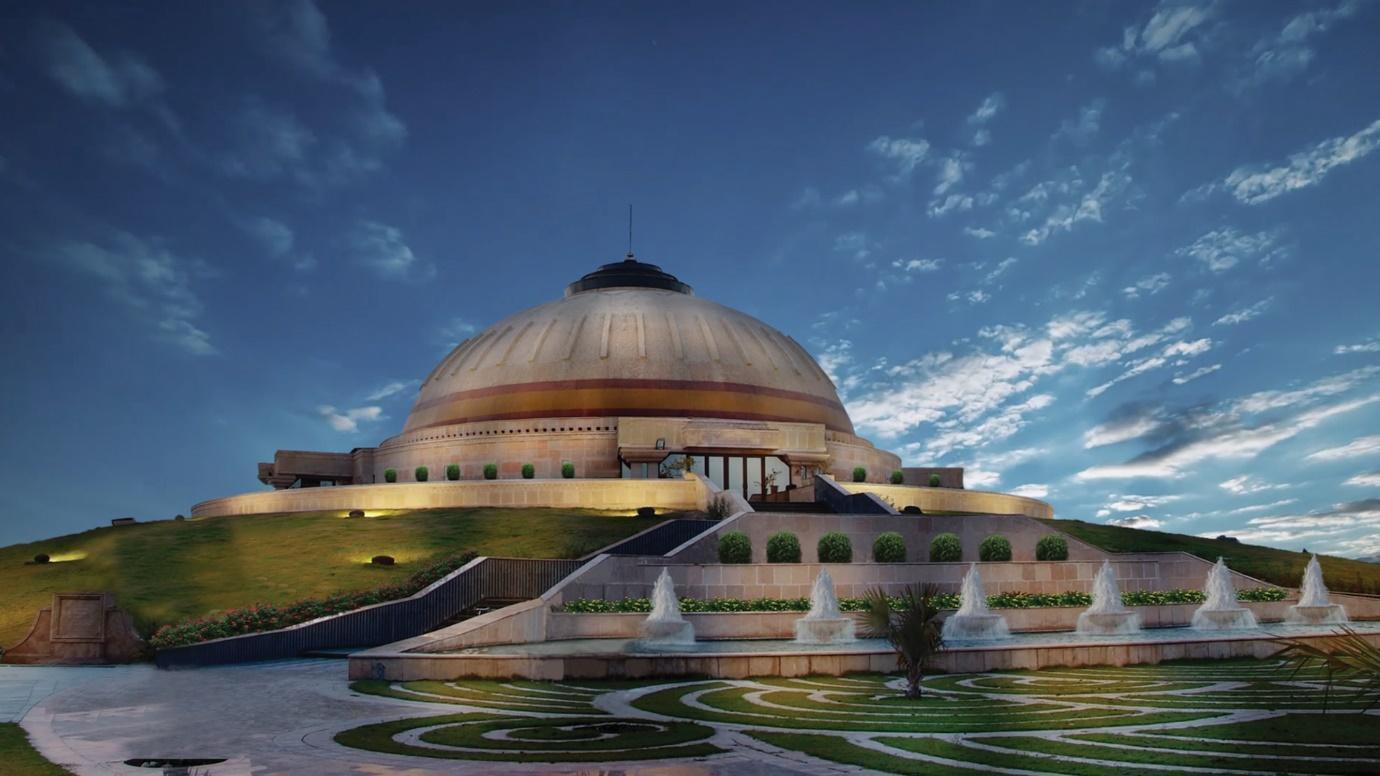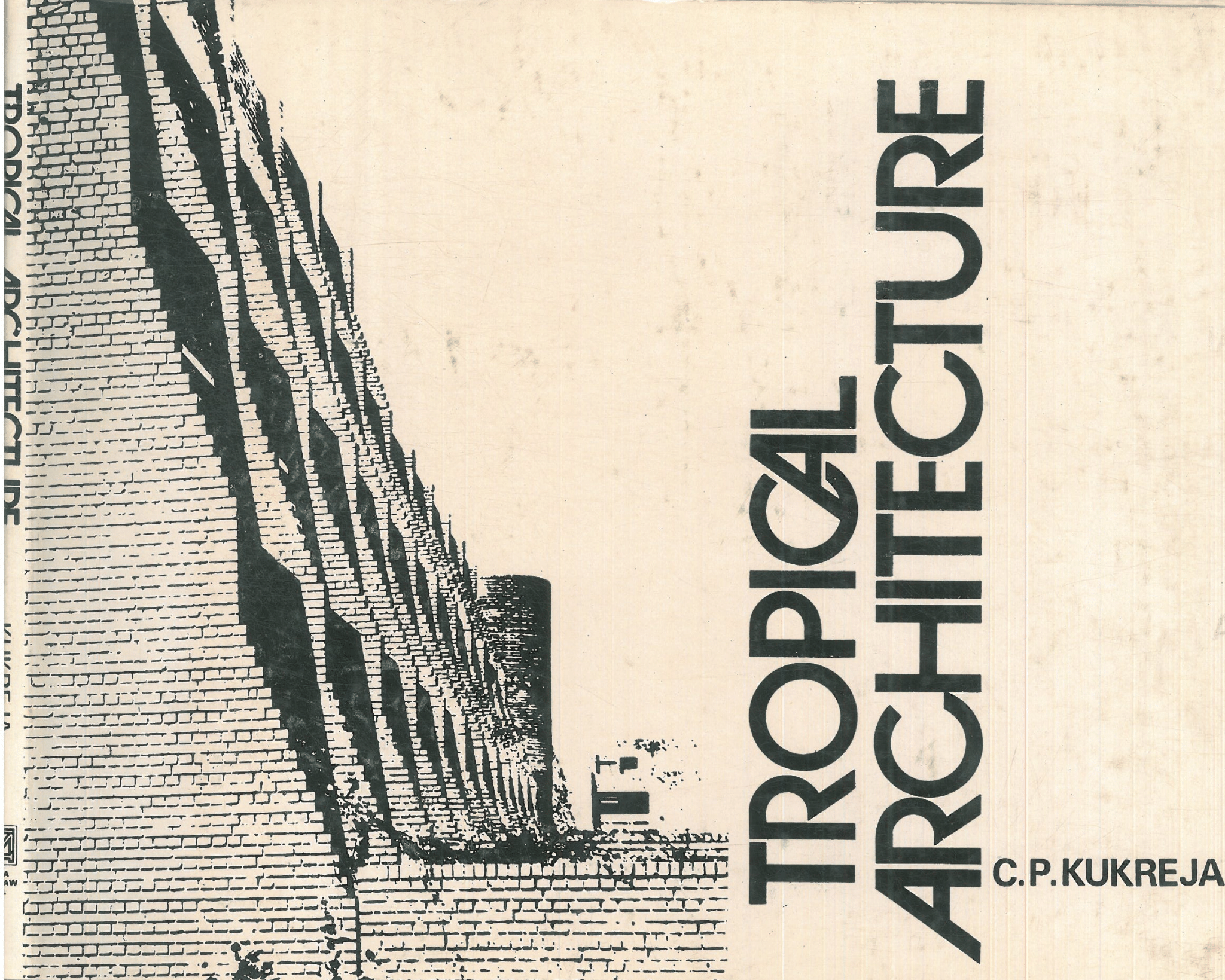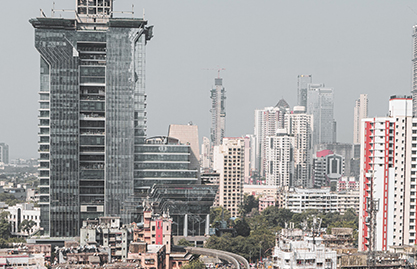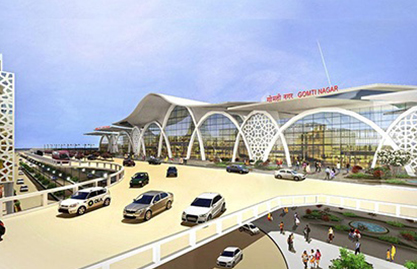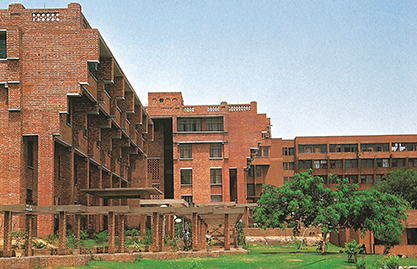Changing Architectural Scenario In the Country - Part II
Architectural practice is affected and often driven by many non-architectural factors and disciplines. This multidisciplinary nature of the practice allows the architect to engage with and employ learnings from a spectrum of fields that add value to the built environment.
The previous blog in this series, written on the occasion of the 40th anniversary of the magazine Architecture + Design, presented the first in the two-part blog series that takes the readers through an article written by the founder of our practice, Mr C P Kukreja for the magazine’s Jan-Feb1992 issue. It discussed how professional architectural practice emerged in India and how this modernised its built environment. This second and final part delves into the expansion of the architectural profession as a multidisciplinary practice in India, as it was just opening up the economy and joining the fast globalising world.
Changing Paradigms of Architectural Practice – New Notions of an Old Profession
With the onset of globalisation, architecture and its design manifestation no longer remained chained as a profession harnessed by a single professional – the architect. It gradually gained plurality as the era of socialism with its state-controlled production mechanisms disappeared, giving way to universal participation and sharing the understanding of the methods of shaping the built environment. Such a condition has brought up many players other than the architect who became crucial in realising a project. The notion of professional practice was also revised as an architectural organisation became a collective construct of the engineers, project managers, scientists, researchers, artists, geographers, planners and social theorists other than the architects themselves.
The idea of the ‘multidisciplinary approach’ to design has allowed the architect and their compositions to be reviewed by many specialists from other fields to produce a contextual and contemporary product. Such participation characteristically involved a set of multi-cultural and multi-regional perspectives to a design idea which was getting shared among organisations across the globe through advanced communication technology. Thus, the notion of ‘regionalism’, which was crucial to both the architectural design and its method, gradually melted to form a hybrid of countless regions across the globe. Such a differential approach has gradually pushed architecture beyond the classical construct of the 3 ‘tys’. More than Beauty, Utility and Stability, architecture today responds to a 4th ‘ty’, i.e. Sustainability, which essentially addresses larger concerns of Society, its economy and the environment.
Such a new set of determinants today makes architecture more of a ‘process’ than a ‘product’. In defining such a process, architectural firms today assign more importance to the life-cycle of any designed project (that is its usable life, adaptability of future uses, ability/flexibility to withstand transformation and finally, the degree of being recycled for future constructions) than just treating it as a static resultant design product.
Moreover, consciousness regarding concerns of holistic design of the built environment has taken architecture beyond a piece-meal design process to a collective expression of designing the holistic physical form of cities, which gradually was called ‘urban design’. From ‘architecture of building’ to the ‘architecture of a city’, designing and constructing have experienced a vast adjustment of scales, which, though complex, was unignorable. The notion of the ‘collective architecture’ of the built environment gradually transcended from a mere building block to a group of blocks and unbuilt open spaces between them, forming a set of systems like circulation networks, open space networks, infrastructure networks, etc. All of this called for a very different approach to design than the older method, which only addressed one small site
The multidisciplinary approach to architectural design practice thus brought the notion of a ‘plurality’ in the design process, which gradually took away the singular importance of the architect in the entire endeavour. However, the good thing about it was that ‘architecture’ became a starred profession among specialists from various disciplines and as much a concern for them as it was for the architect himself. The gradual change of architectural practice into a ‘process’ allowed it to incorporate the inputs from various fields of study that dealt with urban development and gave architects a chance to understand and grapple with non-architectural disciplines in defining the holistic nature of development in the country.
The Notion of ‘Architecture’ and ‘Architectural Practice’ in Coming Times
With ‘architecture’ rapidly becoming a central discipline in urban development and the development of Indian society as a whole, awareness is gradually becoming widespread. The biggest transformation in society regarding the notion of urban development is the architectural awareness among commoners in the country, which was never so strong before. Gradually subjects like architecture and urban design are gaining the attention of the common public, owing to which mass participation is becoming a phenomenon in the architectural design process.
Today, the act of architectural design has, after a long time, stepped out of the architect’s drawing board and entered the urban canvas of Indian society. Architecture today has shifted from its spiritualism to a pool for addressing greater problems of the society composed of unequal economies, diverse ethnicities, fluctuating population growth, and rapidly changing political scenarios. All these determinants are leading the profession into a mixed trajectory in future times. This trajectory would partially see it as a social service, partially a chief determinant of successful economies, but most importantly as one of the most significant weapons which can save the earth and its resources for healthy living for future generations of tomorrow.
Architecture would not singularly hover around the ethos of form-making but is destined to become a larger umbrella embracing the growth and sustainability of the habitable environment in India. Though the impact of the practice will continuously shift amidst different parameters of Indian society, the true soul of the professional, determined to define the notion of human ‘habit’ in a ‘habitat’, would remain immortal.
I feel that an architect’s most meaningful role is to restore the quality of life that the haphazard urbanisation of Indian cities has taken away from him. Any single project can do this – not necessarily a major project. We must give back the spaces, the volumes, the art and the aesthetics that society has been deprived of– whether social or climatological. All these elements can be conceived to achieve a prosperous economy for India and the greater world.


